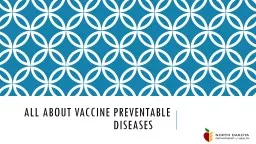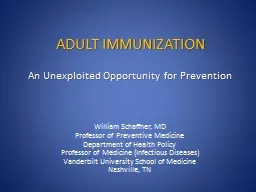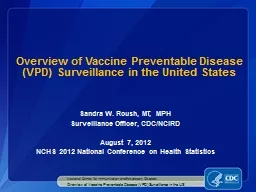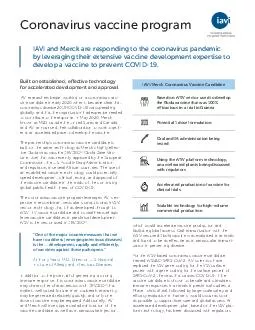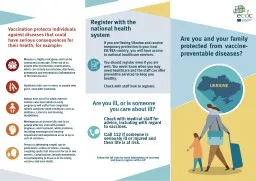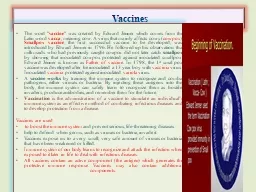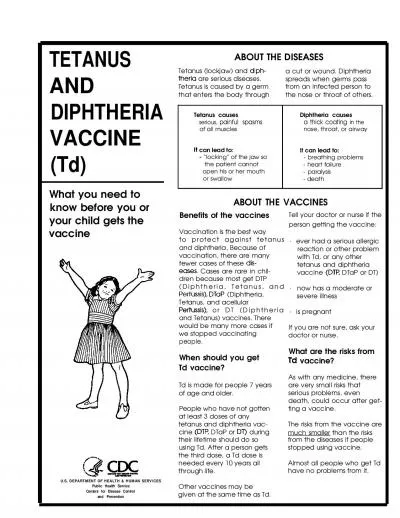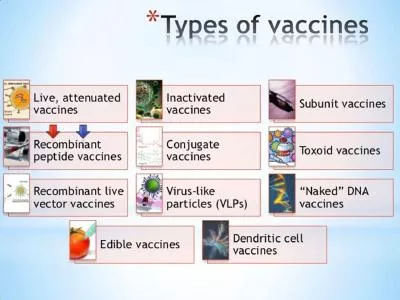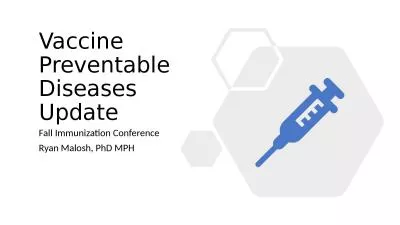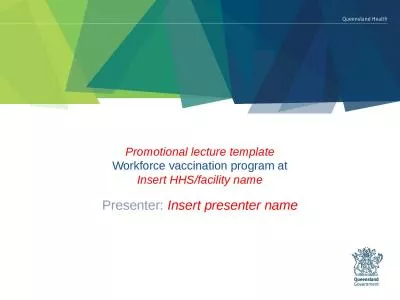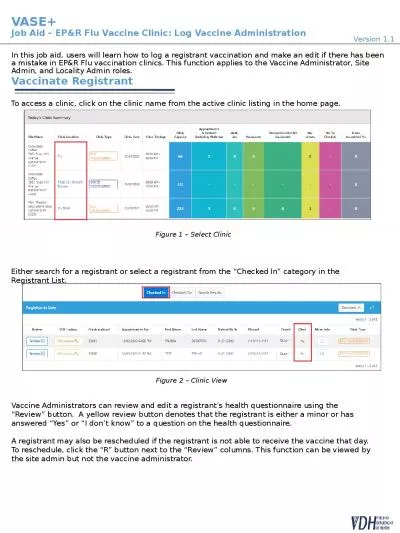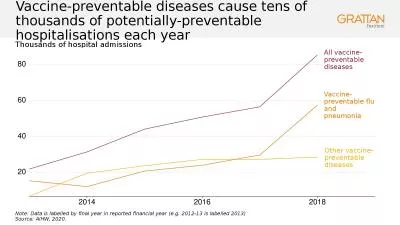PPT-All About Vaccine Preventable Diseases
Author : olivia-moreira | Published Date : 2017-10-26
Vaccine preventable diseases Some diseases cant be prevented and can only be treated after a person gets sick Some diseases can be prevented by receiving a vaccine
Presentation Embed Code
Download Presentation
Download Presentation The PPT/PDF document "All About Vaccine Preventable Diseases" is the property of its rightful owner. Permission is granted to download and print the materials on this website for personal, non-commercial use only, and to display it on your personal computer provided you do not modify the materials and that you retain all copyright notices contained in the materials. By downloading content from our website, you accept the terms of this agreement.
All About Vaccine Preventable Diseases: Transcript
Download Rules Of Document
"All About Vaccine Preventable Diseases"The content belongs to its owner. You may download and print it for personal use, without modification, and keep all copyright notices. By downloading, you agree to these terms.
Related Documents

